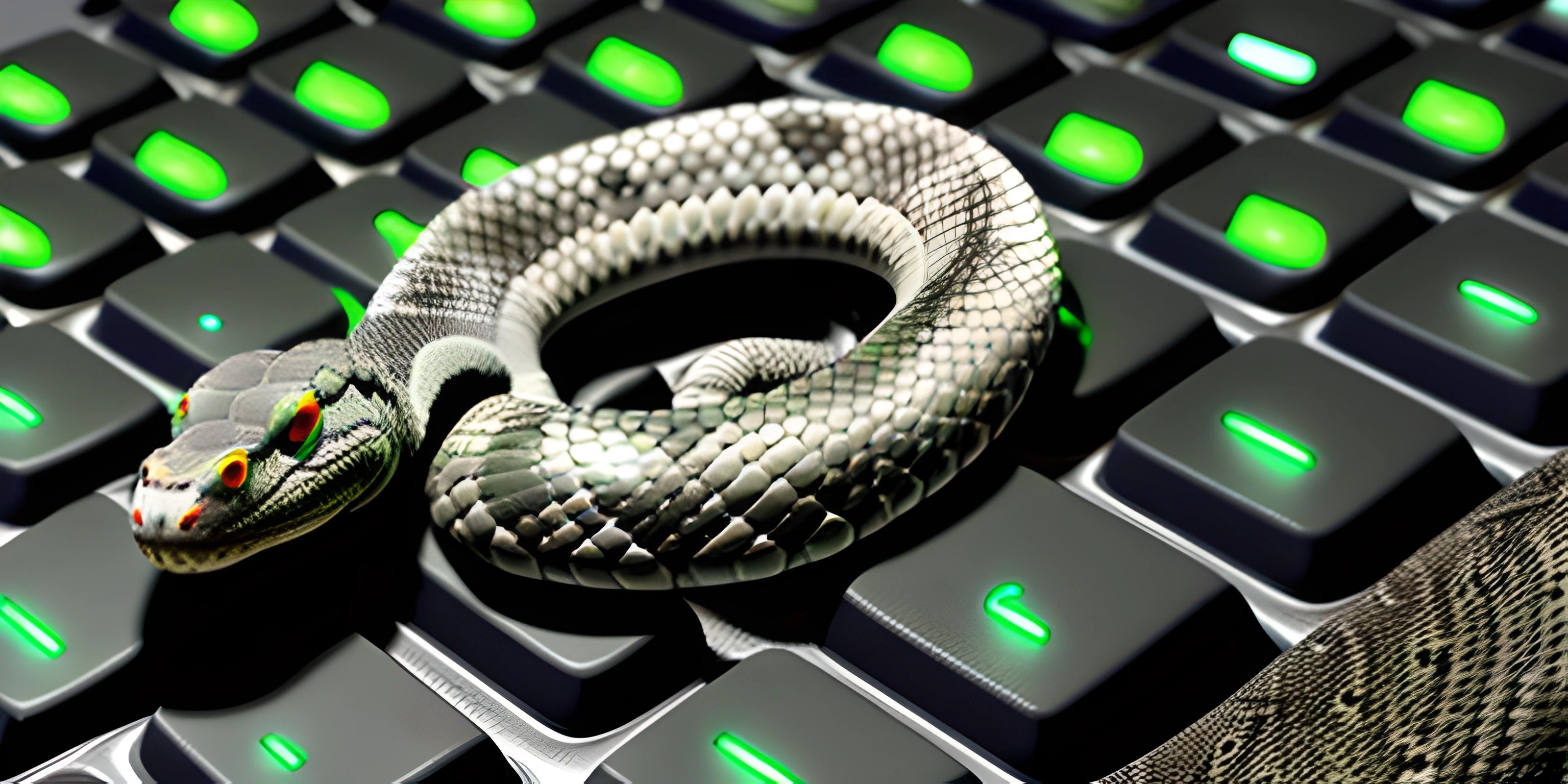Python Print Statements for Beginners

Note: this page has been created with the use of AI. Please take caution, and note that the content of this page does not necessarily reflect the opinion of Cratecode.
Learning to program in Python? You're in the right place! Today, we're delving into the use of print statements, which are like the megaphones of your Python code. They shout out the values of your variables, the results of your calculations or simply let you know that your program is running smoothly. So, let's get loud!
Python Print Statements
A Python print statement is a function that allows your program to output information. It's like the way your mouth lets you speak your thoughts. When Python sees a print statement, it takes whatever is inside the parentheses and displays it to the console.
Here's a simple example to illustrate:
print("Hello, Cratecode!")This command tells Python to output the string "Hello, Cratecode!" to the console. It's like Python is holding up a sign that says, "Hello, Cratecode!" for all to see.
But print statements can do more than just display strings. They can also print the values of variables, the results of mathematical operations, and even the output of other functions.
Variables and Print Statements
In Python, variables are like boxes that hold data. We can put data into these boxes and then use the box's name (the variable name) to refer to that data later on. When we use a variable in a print statement, Python opens up the box, takes a look at the data inside, and then displays it.
Here's an example:
cratecode_love = "We love Python!" print(cratecode_love)
In this code, we first create a variable called cratecode_love and store the string "We love Python!" inside it. Then, we use a print statement to display the contents of cratecode_love. Since cratecode_love contains the string "We love Python!", that's what Python displays.
Combining Print Statements
Sometimes, you might want to print multiple things at once. You can do this by separating them with commas in your print statement, like this:
print("Hello, Cratecode!", cratecode_love)In the above code, Python will print out both "Hello, Cratecode!" and "We love Python!" in the same line. It's like Python is holding up two signs at once!
Hey there! Want to learn more? Cratecode is an online learning platform that lets you forge your own path. Click here to check out a lesson: Rust Syntax (psst, it's free!).
FAQ
What is a print statement in Python?
A print statement in Python is a function that outputs information to the console. You can use it to display strings, values of variables, results of operations, and much more.
How do I use a variable in a print statement?
To use a variable in a print statement, simply include the variable name within the parentheses of the print statement. Python will display the current value of the variable.
Can I print multiple items at once?
Yes, you can print multiple items at once by separating them with commas within the print statement. Python will display each item in the order they appear, with a space in between.





